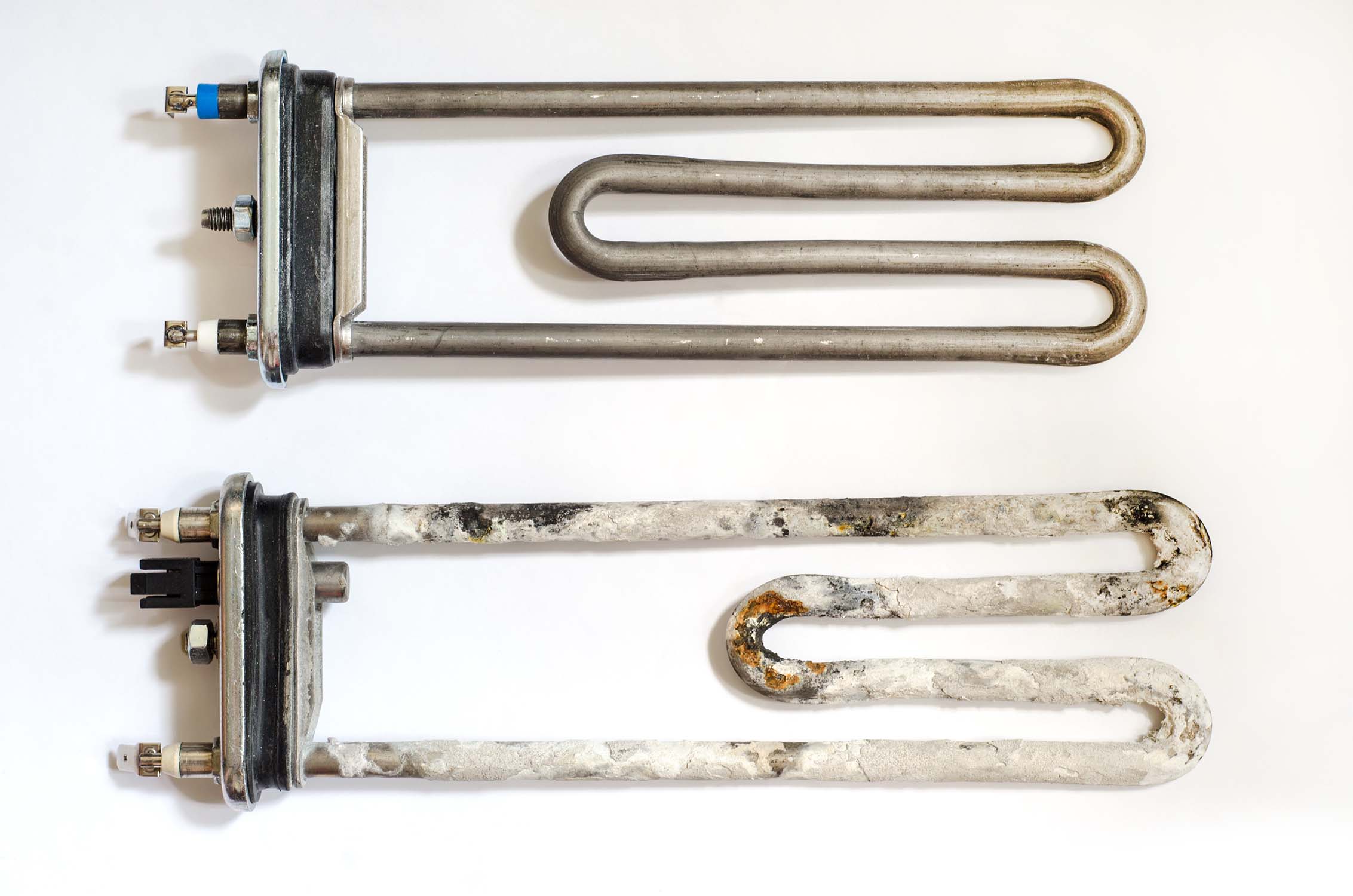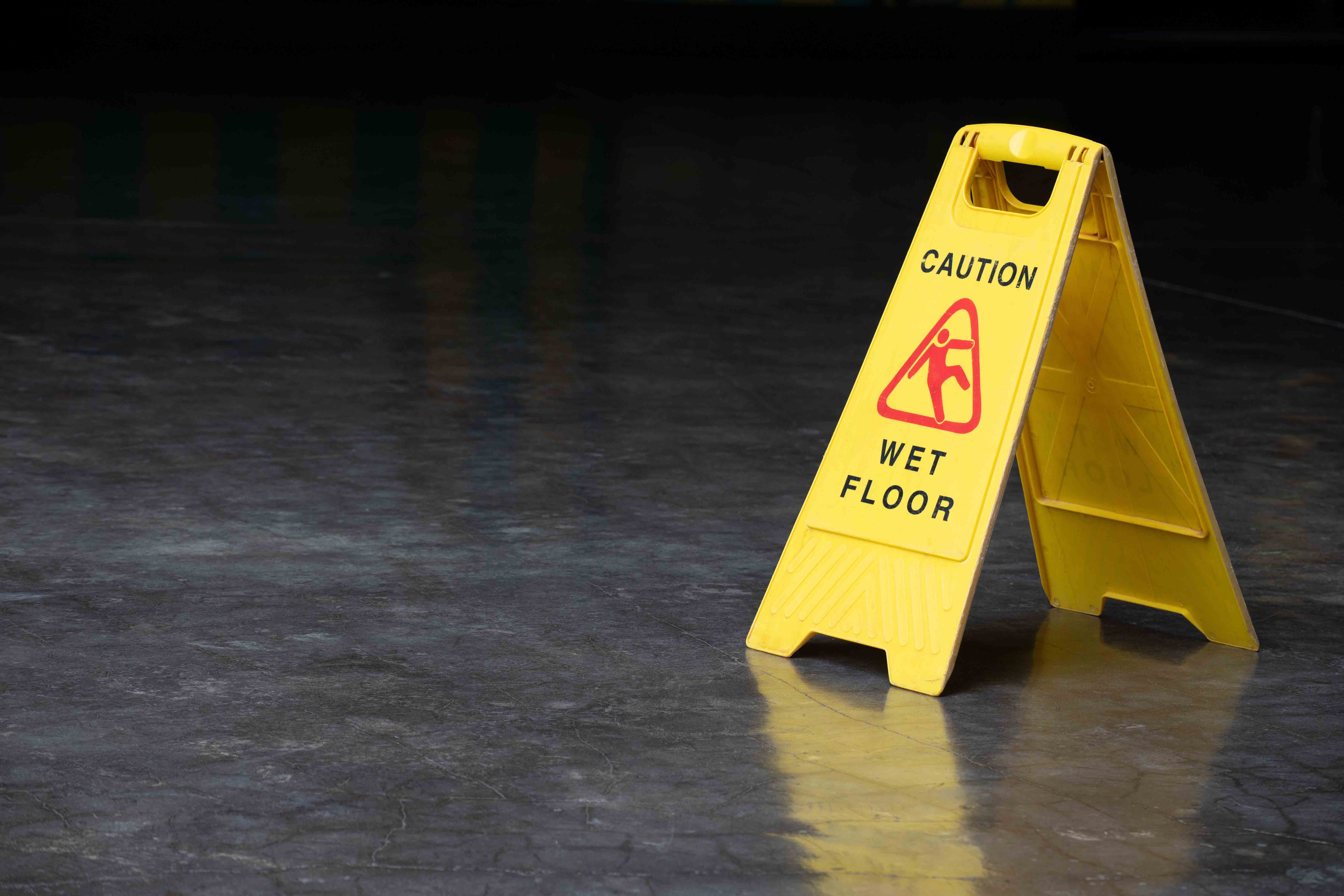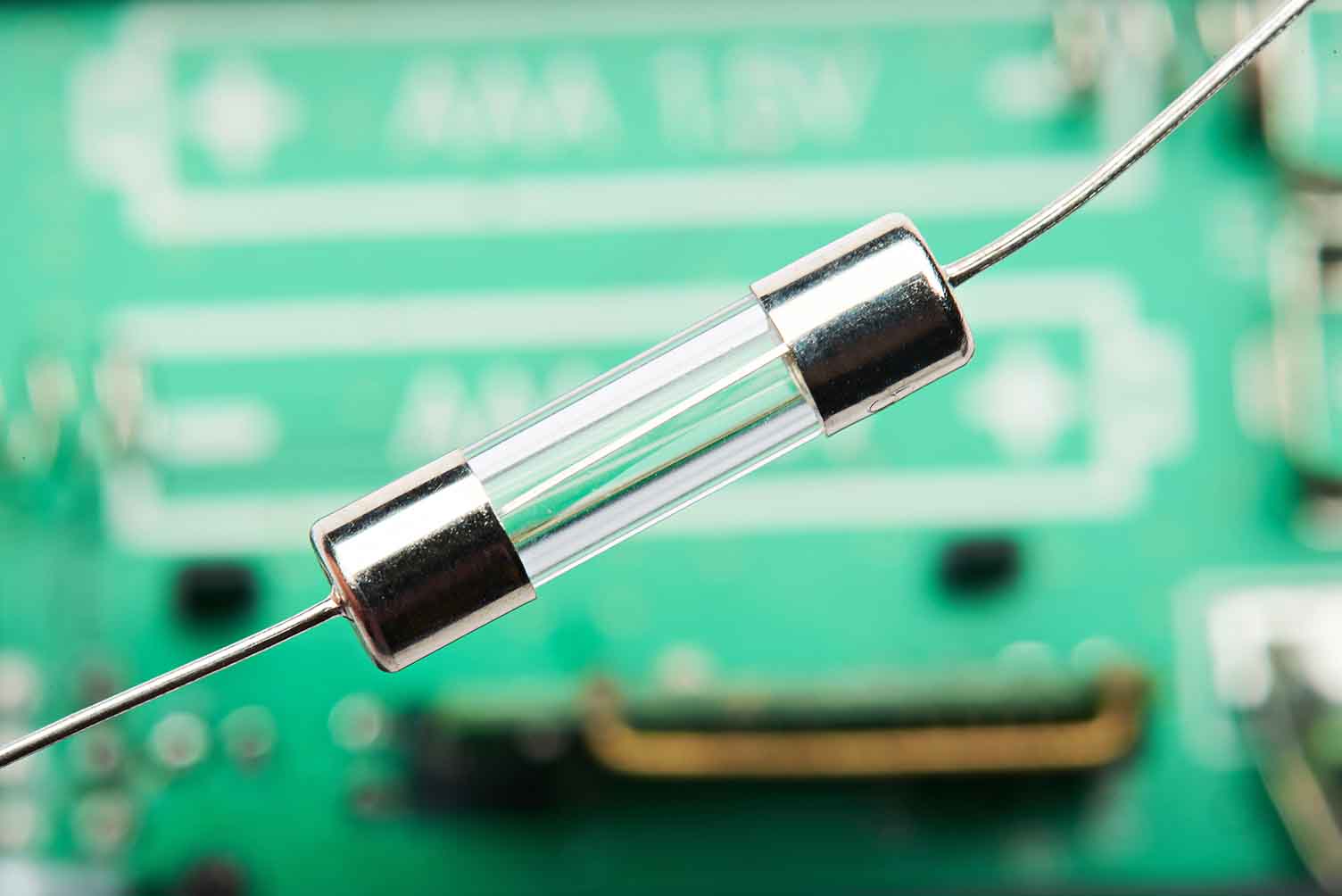

Easy Answers to Hard Water Problems: How Water Softeners Work
By Grainger Editorial Staff 1/2/23


If you have hard water, you're probably familiar with the signs. Dish soap and shampoo don't lather. Drinking water tastes metallic or chalky. Rings of residue form on coffee pots and glassware, and a cloudy layer of scale creeps up the shower door. Worst of all, you might find yourself battling clogged plumbing fixtures and valves.
It happens because of two minerals, calcium and magnesium, that the water contains. These minerals aren't bad for you — they can even have health benefits. But they can definitely be bad for your plumbing and appliances. A water softener removes calcium and magnesium from water as it enters the building, helping to protect pipes and prevent the annoyances that hard water can cause.
How a Water Softener Works
Most water softeners work through a process called ion exchange. Hard water passes through a tank filled with resin beads that have been treated with sodium ions. The calcium and magnesium ions in the hard water are swapped for sodium ions, which makes the water softer.
When enough water has passed through the tank to deplete its sodium ion supply, the water softener will run a regeneration cycle, circulating a saltwater brine solution through the beads to replenish the sodium ions and rinse the accumulated calcium and magnesium out through a wastewater drain. That's why water softener salt needs to be added to the device on a regular basis.
When a softener adds sodium ions to water, it doesn't make it taste salty, but it can contribute to a higher sodium intake for anyone drinking or cooking with the water. Some experts recommend consulting a doctor about drinking softened water if anyone in your home has a history of high blood pressure. To avoid adding sodium to softened water, you can also use a potassium-chloride-based water softener salt alternative.
What a Water Softener Can’t Do
Water softeners only remove certain mineral ions. This can prevent annoyance and damage from mineral deposits, but it can't make contaminated water safe to drink. Lead, nitrites, pesticides, bacteria and other dangerous contaminants will flow through a water softener unimpeded. To remove them, you'll need an appropriate water filtration or purifier system.
Where Does Water Hardness Come From?
When water flows through an underground aquifer, it dissolves minerals from the surrounding rocks and soil. Generally, water that comes from wells or aquifers is harder than water from lakes, rivers or reservoirs, but the groundwater hardness can vary significantly from place to place depending on local geological characteristics.
Can a Water Softener Remove Iron?
Ion-exchange water softeners generally remove a small amount of iron along with the calcium and magnesium that contribute to hard water. In areas where the groundwater contains higher levels of iron, it may help to use softener salt with iron-removing additives or to install a filter to remove the iron.
What's the Difference Between Water Softener Tank Size and Flow Rate?
When comparing water softeners, there are a number of different capacity specifications to consider:
- If your unit has a higher flow rate, it can supply more softened water at any given time. You'll want the flow rate to be able to handle peak demand in your building.
- If your unit has a larger resin tank grain capacity, it can remove more minerals before it needs to regenerate the tank with saltwater.
- If your water softener has a larger brine tank, you'll add salt to it less frequently.
- If your unit uses more water in each regeneration cycle, you'll see higher water usage on your utility bill.
How Many Tanks?
Many residential water softeners have one resin tank and one brine tank inside a single housing, which gives them a small footprint that's valuable in home installations. Because the two tanks are in a single housing, these are sometimes called one-tank water softeners.
As the tanks get larger, combining them in a single housing become impractical. A two-tank water softener has its resin tank and its brine tank side by side.
For commercial and industrial applications, it can make sense to have a water softener with two or three resin tanks. Systems with multiple resin tanks can handle higher levels of peak demand, and they can continue to provide softened water while one tank is regenerating. A unit with only one resin tank can't provide treated water during the regeneration cycle, which typically lasts 90 minutes to two hours. Some of the highest-capacity systems also have two brine tanks, which allows for less frequent salt replenishment.

Safety Management
6 Tips to Help Prevent Slips, Trips and Falls
Identify the fall hazards in your workplace and implement a fall safety program. Check out these tips from Grainger so you can mitigate risk.
![]() Our Latest KnowHow
Our Latest KnowHow

Facility Pest Control: How IPM Helps Safely Manage Insects
Discover safe, compliant pest control with IPM. Find tips for insect monitoring, sanitation and safe insecticide use in commercial facilities.
The information contained in this article is intended for general information purposes only and is based on information available as of the initial date of publication. No representation is made that the information or references are complete or remain current. This article is not a substitute for review of current applicable government regulations, industry standards, or other standards specific to your business and/or activities and should not be construed as legal advice or opinion. Readers with specific questions should refer to the applicable standards or consult with an attorney.














